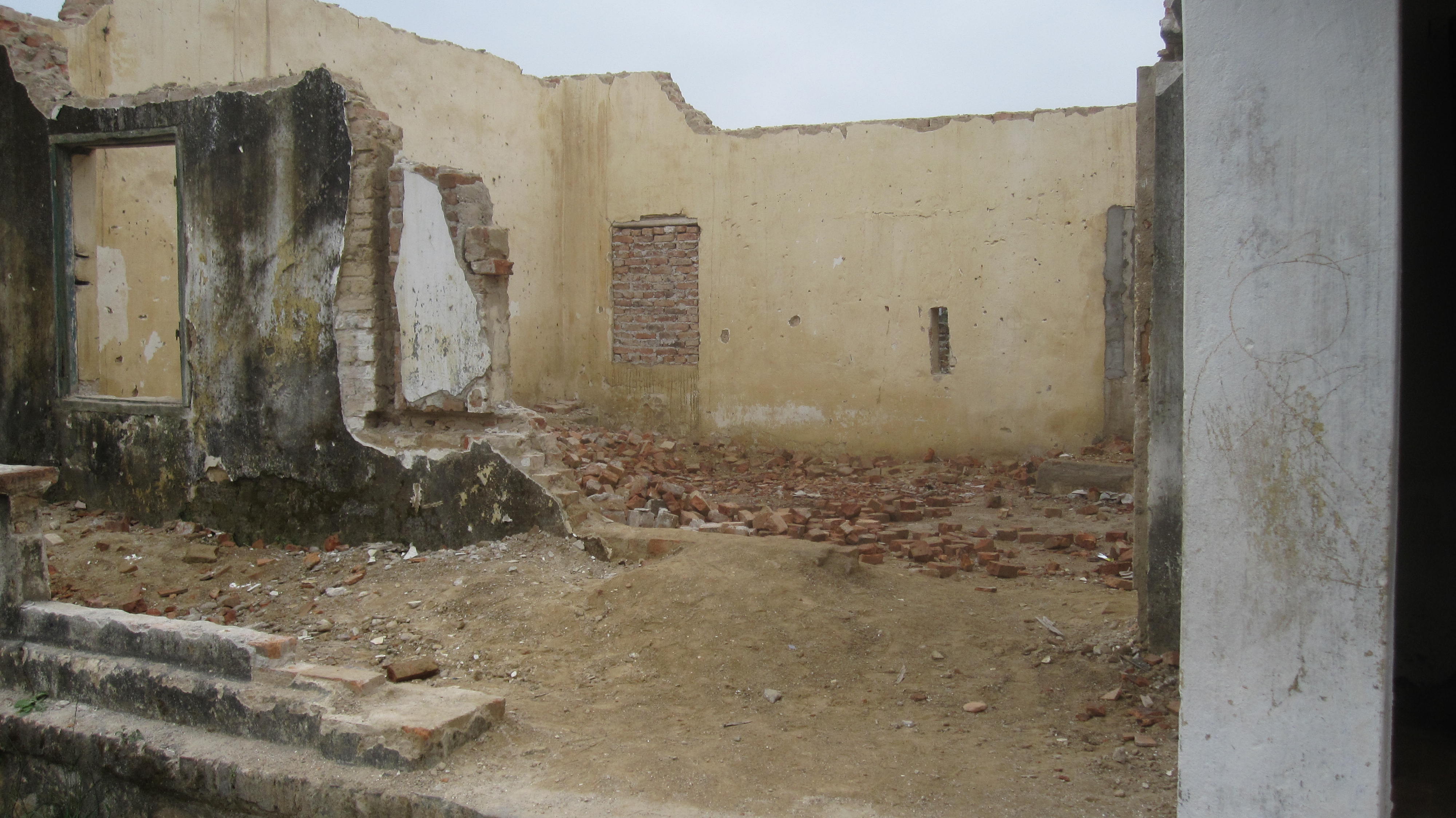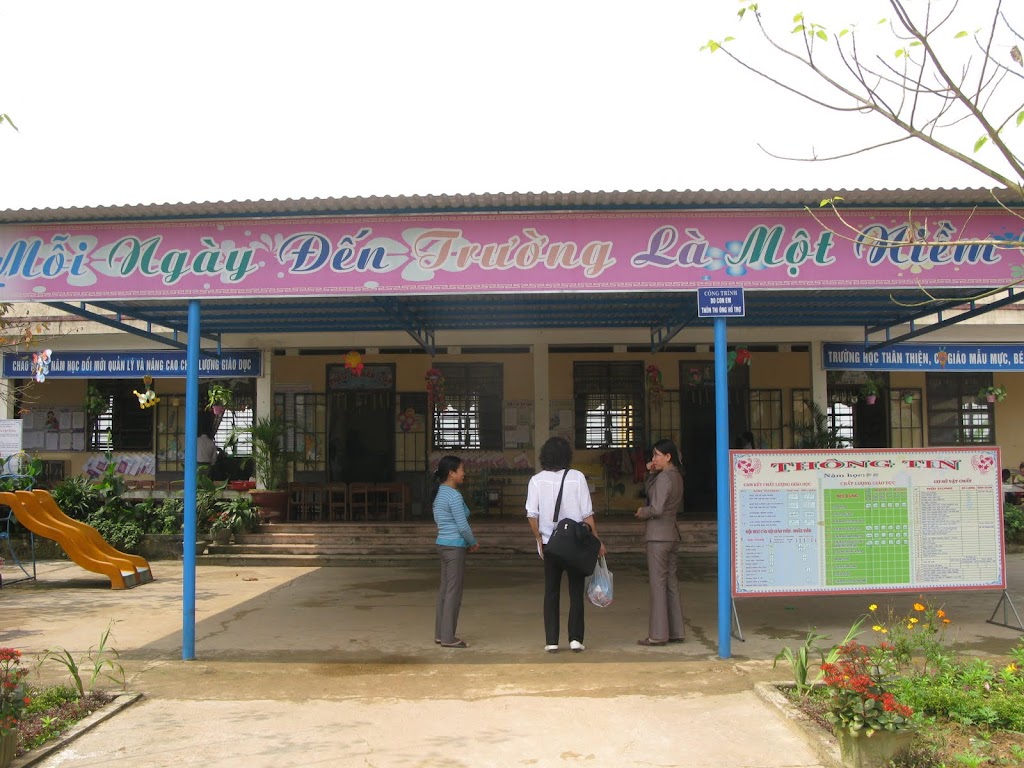According to United Nations Children’s Fund (UNICEF), Vietnam has made major progress in education in recent years. Official figures estimate that enrollment rates in primary education have reached near universal levels, such that more children are receiving an education now than ever before.
But in our view, any one child out of school is still one child too many.
Because of the way the country has developed, the rates of educational achievement differ dramatically by region. Nearly half of the children in rural Vietnam receive no pre-primary education, and as much as 27% of the children living along the Mekong river delta will not finish primary school. The drop out rates of are even higher in the Central Highlands and the northwest Vietnam, at 35 % and 50% respectively. Among the students who do attend school regularly, 45% are still only enrolled in half-day programs.

The Challenge We Face: A lack of adequate infrastructure is a serious problem in remote and rural areas in Vietnam.
Why is this? What barriers remain before all can receive a comprehensive education in Vietnam? The situation is complex, but some of the more salient factors include financial difficulties and an inadequate supply of facilities. City classrooms are overcrowded, while in mountainous and rural areas, there just aren’t enough schools. Some village children must walk miles to get to school in Vietnam, and when the weather is wet or the roads slippery, just walking to school can be a hazard. Facing these conditions, parents have little choice but to keep their children out of school and occupy their time with far less nourishing activities.

What We Can Accomplish: One view of a school that VNHELP helped build in Hue through the generosity of the Tees and Beyond Foundation and individual donor Ms. Mai Dolch.
Yet, we know that there is a strong desire to learn in Vietnam. We can see it in the emphasis local communities place on education, and we can see it in the enthusiasm of the children who’ve benefited from our school infrastructure projects. The will is there–it’s the resources that are lacking. So it’s no longer just a matter of getting the students to school, it’s a matter of getting the school to the students. It’s building schools where there previously were none.
Pictures by VNHELP staff and volunteer Le Sotir
Tags: education, school construction




